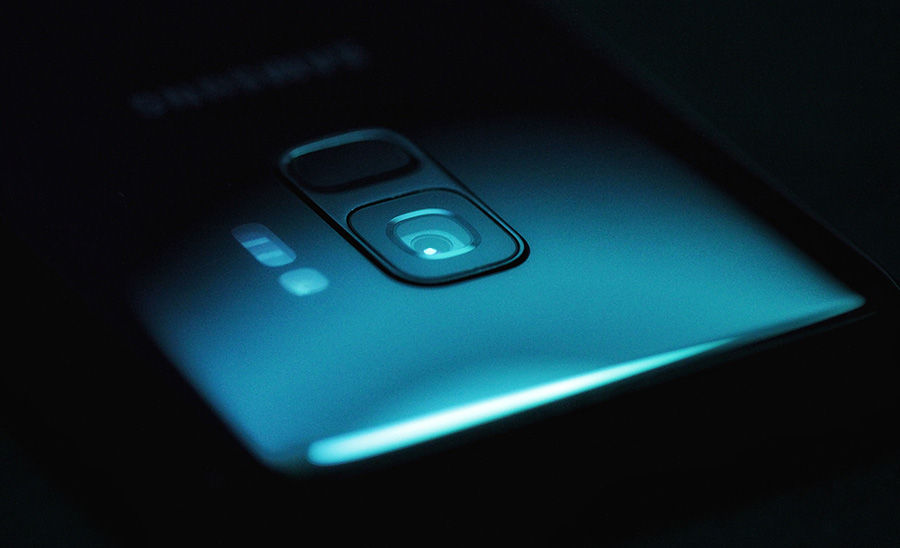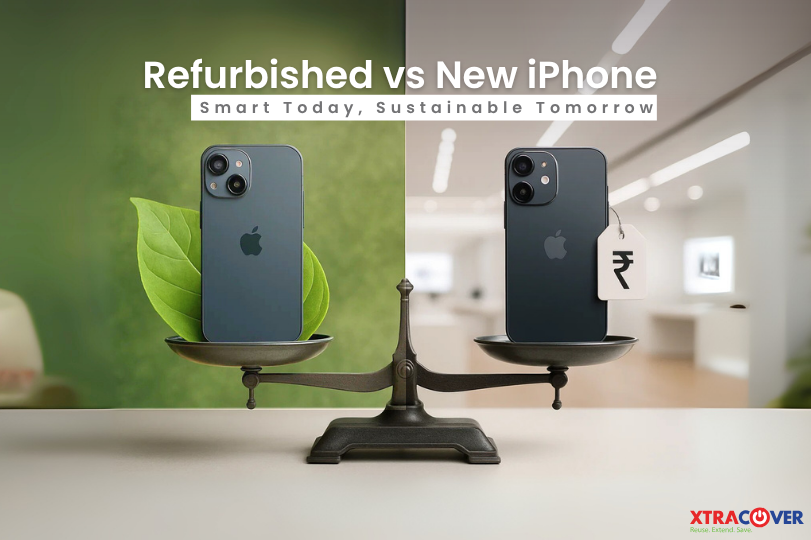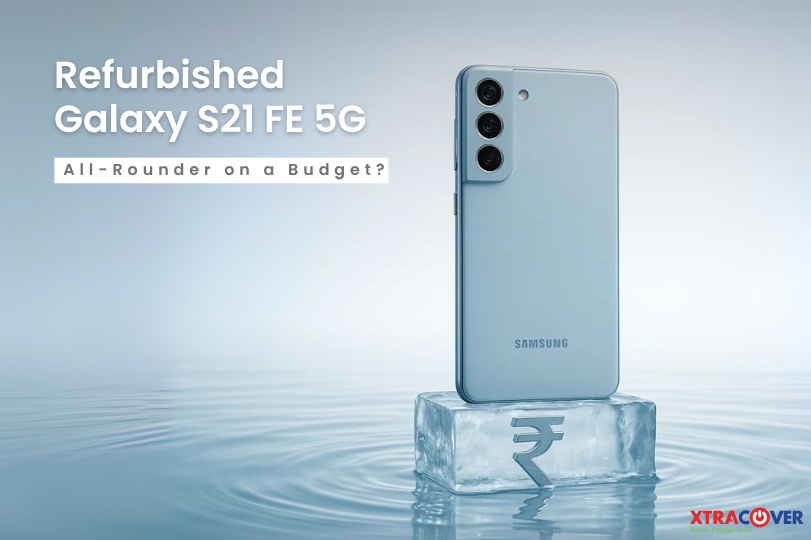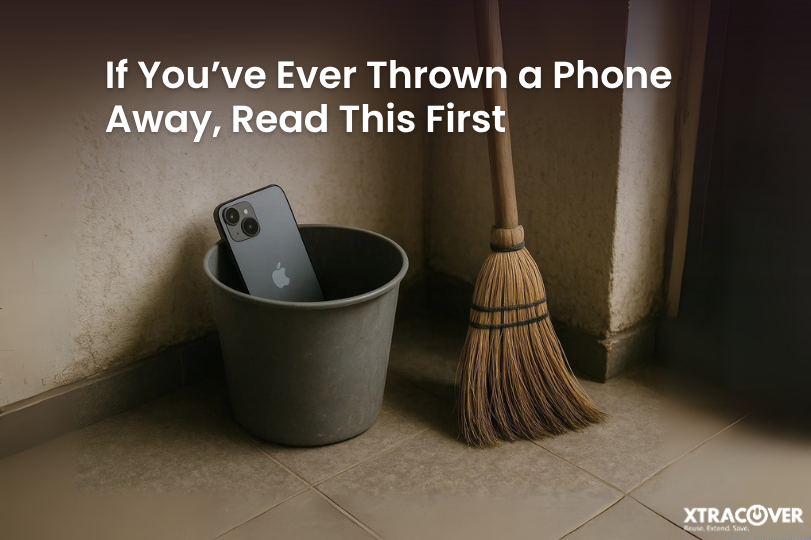In recent times, a huge transformation has been noticed in the world of smartphones. Upgraded technology is used to manufacture mobile phone with sleek designs and ultra-modern features. As the smartphones are all touchscreen-based, smartphone manufacturing companies have emphasized modernizing the displays with revolutionary features within.
Thus, the display screens have automatically become a major selling point for them with huge competition in the market. Mostly the one common thing found in cases of mobile phone repair is broken or damaged screens. Thus, being prone to damage, people consider smartphones with screens that are not only advanced but durable too.
There are several types of displays available for modern-day smartphones. Among the most popular ones is LCD screens. As the options in phones increase, confusion might arise while trying to select one. Before listing out the standards to be followed to choose the best smartphone with the most advanced LCD screens, you need to know what LCD screens are and what the features are.
What is an LCD Screen?
The expanded form of LCD is a Liquid Crystal Display. It consists of an array of liquid crystals which is illuminated by a backlight. The ubiquity and low cost make it a way more popular choice for smartphone buyers. Though LCD screens can be used quite well even in direct sunlight, the colour representation accuracy may be an issue. There are mainly two types of LCDs found in smartphones: TFT (Thin Film Transistor) and IPS (In-Plane Switching).
5 Best Quality Standards for Mobile LCD Screens:
When buying smartphones, you not only wish for a marvellous screen touch experience but also want it to offer vibrant images, proper brightness, clear video and all of it at a comparatively low cost. There are many options with attractive features available in the market. While some might seem pretty advanced, the handling also needs to be delicate to refrain from facing nightmares like mobile phone repair at home or at some repair shop.
Below are 5 new quality standards that you should be considering while making a purchase:
1. Resolution
One of the most basic parameters for considering a display is its resolution. To provide a rough knowledge, look for larger numbers while ‘checking the resolution. The larger the number, the better the resolution you get. Along with resolution comes the size of the phone screen (mentioned in inches), the pixel numbers and the density of pixels referred to as PPI or Pixels Per Inch.
2. HD
High-definition (HD) displays have pixel measurements of 1280 X 720 pixels, even when the screen size varies. Thus, it means the pixel density is higher in small screens, while lesser in the bigger screens. As pixel density determines the better picture quality, more density will offer better images on the screen. While considering HD LCD screens, keep a note that the picture quality will differ with the size of the screen.
3. Full HD
These screens are just a step up from the HD ones. Full HD is the present standard for most of the smartphone displays. It generally measures 1920 X 1080 pixels. Similar to HD screens, here also the pixel density depends upon the screen size. For 5-inch screens, the pixel density comes to around 440 PPI and 400 PPI for smartphones with 5.5-inch displays.
4. QHD or 2K
QHD expands for Quad HD and is about four times more definition compared to the standard HD display. This signifies that the same number of pixels as 4 HD displays can be trimmed into a Quad HD display of equal size. It has a pixel measurement of 2560 X 1440 pixels. It means that a 5.5-inch QHD display will have 538 PPI pixel density. Thus, it is pretty clear that the pixel density of a 5-5 inch Quad HD display is way more than a 5.5-inch Full HD display.
The reason why QHD is also called 2K is that the smaller pixel number is used to define the display name; such as 720p for HD and 1080p for Full HD, the bigger measurement is used for QHD. Thus, 2K is used to denote a Quad HD display.
5. 4K or Ultra HD
If 2K denotes the larger number of pixel measurements, it is pretty clear that 4K is technically speaking about the larger pixel measurement to be around 4000. But here 4k and Ultra HD denote different pixel measurements. While the pixel measurement for Ultra HD is 3860 X 2160 pixels, it slightly differs in 4K with a pixel measurement of 4096 X 2160 pixels.
Taking Proper Care of LCD Screen:
With time, the display screens are becoming more and more updated. Thus, you need to be extra cautious while using it rather than end up in a situation where you might need to consider mobile phone repair options. Mishandling can often result in damage to the display screen. While replacing or repairing the damaged display screen might seem quite expensive, many people prefer mobile repair at home. In no way this can be a better option.
There are several repair service providers across the country or you can consider assistance from online mobile repair in Delhi or other places. To avoid any damage you can always take some precautions like taking proper care of the touchscreen.
Some of these ways are:
1. Keep the screen clean and remove dirt and dust from time to time.
2. Protect the display screen with a screen guard to avoid fatal damage to the main screen.
3. Use a phone cover to protect the screen at the edges.
4. Keep your phones away from direct exposure to heat.
5. Don’t place any heavy objects on the phone.
Wrapping Up:
Being cautious and taking regular care might not be enough at times. The display screens are not always damaged due to mishandling but also due to technical glitches or some sudden accident. If you don’t want the screen damage to add to some more issues occurring in the phone, you can either visit a service centre or take professional advice from probable options of online mobile repair and get the issues resolved on time.


















